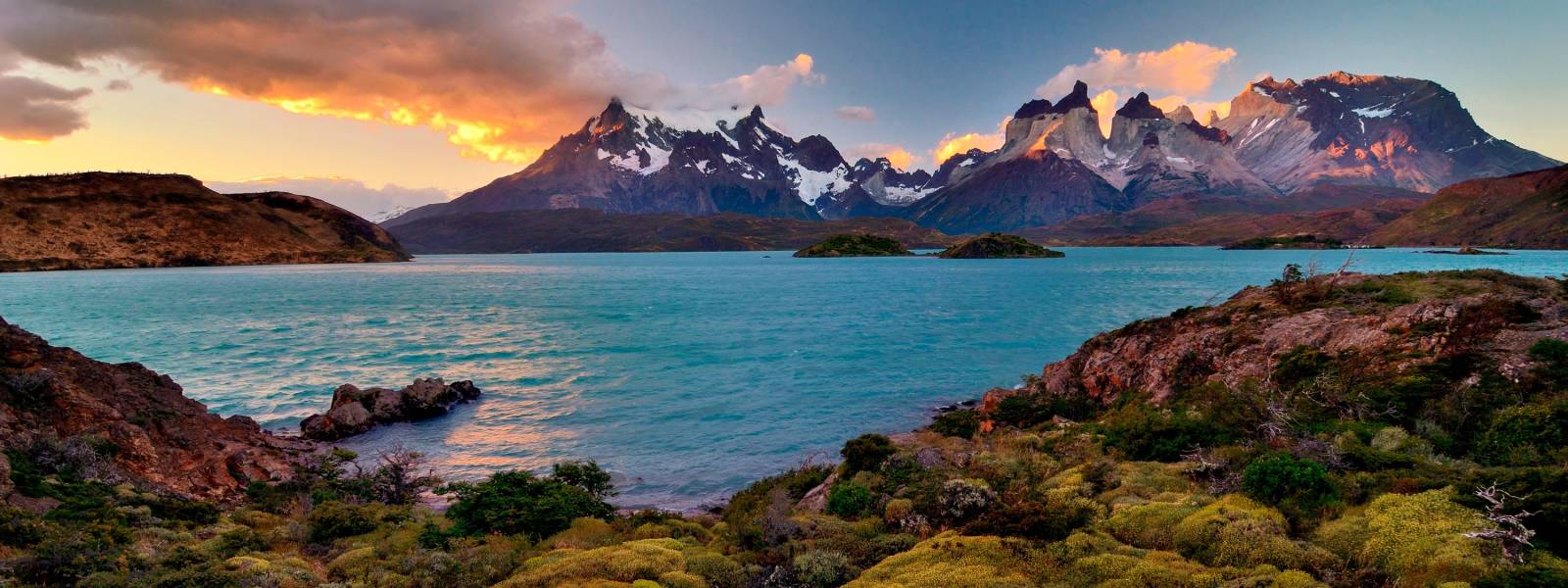Frequently Asked Questions
What's the currency of Namibia?
As of 1993, the Namibian dollar is the official currency of Namibia. The South African rand is still legal tender here though, and if you intend on visiting South Africa as part of your trip, we recommend exchanging the majority of your travel cash to the rand – the Namibian dollar cannot be used anywhere else.
What language do Namibians speak?
While English is the official language of Namibia, locals tend to speak a complex and diverse range of dialects and languages, with the most prevalent household dialects being Oshiwambo, Damara/Nara and Afrikaans.
What's the weather like in Namibia?
Given that a vast percentage of Namibia is covered by arid desert, it’s easy to see why visitors might assume scorching temperatures all year round. While there is on average around 300 days of sunshine, it’s important to remember that at night, temperatures can plummet below freezing. These fluctuating temperatures can be difficult for some travellers to acclimatise to.
Generally speaking, the north-east enjoys a tropical climate, and is the most humid territory – home to the country’s highest average rainfall. The central highlands experience similar weather, but less rainfall, while you will encounter extreme highs and lows when visiting the Kalahari and Namib Desert. Near the coast you will find the least rainfall, but the lowest average temperatures.
What's the currency of Namibia?
As of 1993, the Namibian dollar is the official currency of Namibia. The South African rand is still legal tender here though, and if you intend on visiting South Africa as part of your trip, we recommend exchanging the majority of your travel cash to the rand – the Namibian dollar cannot be used anywhere else.
What language do Namibians speak?
While English is the official language of Namibia, locals tend to speak a complex and diverse range of dialects and languages, with the most prevalent household dialects being Oshiwambo, Damara/Nara and Afrikaans.
What's the weather like in Namibia?
Given that a vast percentage of Namibia is covered by arid desert, it’s easy to see why visitors might assume scorching temperatures all year round. While there is on average around 300 days of sunshine, it’s important to remember that at night, temperatures can plummet below freezing. These fluctuating temperatures can be difficult for some travellers to acclimatise to.
Generally speaking, the north-east enjoys a tropical climate, and is the most humid territory – home to the country’s highest average rainfall. The central highlands experience similar weather, but less rainfall, while you will encounter extreme highs and lows when visiting the Kalahari and Namib Desert. Near the coast you will find the least rainfall, but the lowest average temperatures.
With its seemingly boundless dunes, imposing mountains and canyons, jaw-dropping desert vistas and abundant wildlife, Namibia is a photographer’s dream, and a nature-lover’s fantasy.
Why you’ll love Namibia…
• Exploring the abandoned mining settlement of Kolmanskop
• Spotting the Big Five on safari at Etosha National Park
• Climbing the enormous Dune 45 at Sossusvlei
• Strolling along quaint seaside promenades at Swakopmund
• Navigating the haunting Skeleton Coast
• Winding down with a cocktail at Windhoek
• Traversing the rugged terrain of Damaraland
• Taking in jaw-dropping vistas at Fish River Canyon
• Riding across Namibia aboard the opulent Shongololo Express
• Sampling fine red wine at one of South Africa’s wine estates or vineyards
• Tasting delicious fresh crayfish in the harbour town of Luderitz
Did you know?
• Namibia is home to the world’s largest free-roaming population of both the endangered black rhino and cheetah.
• Namibia’s Ombalantu Baobab Tree and Heritage Center is home to a giant baobab tree that is estimated to be 800 years old. With a hollowed centre, it can fit around 30 people inside, and has served as a church, a post office and a home throughout the years.
• Damaraland has one of the largest collections of ancient rock art and paintings in the subcontinent, with close to 2,500 pieces dating as far back as 6,000 years.
Let's Chat
We have answers to all your questions.
Start planning your dream trip by talking to our Destination Specialists
Sign up for our newsletter
Receive the latest travel inspiration and destination news.

Three Easy Steps to a Tailor-made Holiday
The Hayes & Jarvis Way
Since 1952, our travel experts have been traversing the world to connect you with the very best our 60+ destinations have to offer. Tell us what your dream trip entails and we will craft it for you with precision and passion.
